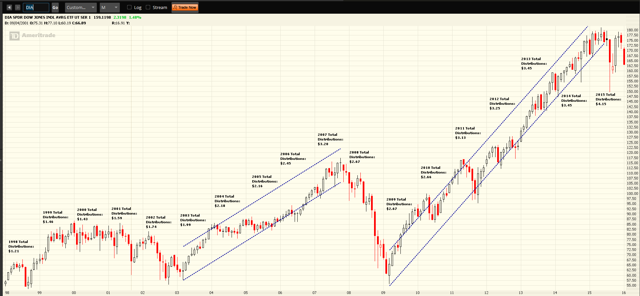

Nevertheless, Li argued that investors should have an understanding of probable transaction costs and the industry should try to optimise the impact of trading. Long-running indices, such as the S&P 500, were not designed to be tracked by funds, and were originally merely market gauges. All of these points to there being a potential value added from having flexibility in when you make your trades.” Wes Crill, head of investment strategists at Dimensional Fund Advisors, said: “We have done similar studies in the past. “I’d say that these estimates are likely multiples higher than the actual impact.” “You cannot control for all the other myriad factors that may impact share prices at any moment in time to isolate the market impact of index trading,” Johnson said. However he believed the exact magnitude of the effect was “impossible to measure”. These internal indices do not make it clear in advance which stocks will enter or leave an index at a rebalancing, reducing the ability for others to front-run them.īy camouflaging what they are trading, these self-indexing ETFs have rebalancing costs that are 30bp a trade below that of sunshine ETFs, Li found, equivalent to 9.6bp a year across the whole portfolio.īen Johnson, director of global ETF research at Morningstar, said there was “no arguing that index rebalancing and reconstitution trades impact share prices”. The paper also looked at ETFs that are “self-indexed” against an in-house benchmark, such as the Schwab 1000 ETF ( SCHK) that tracks the Schwab 1000 index, which has been permitted in the US since 2013. Li found that the majority of US-listed equity ETFs not only pre-announce their rebalances, but also transact at the 4pm closing prices on the stipulated index rebalancing days, in order to minimise tracking error. This gives them the opportunity to front-run the trades that they know rules-based ETFs must make, moving prices against these funds. The research centred on the regular rebalancing, typically quarterly, performed by passive ETFs to ensure they remain aligned to the changing composition of their underlying index.ĭue to the strict methodology of indices, traders know what the index changes are going to be before they are implemented. It is comparable to total management fees charged by ETF managers,” said Sida Li, a PhD student at the University of Illinois and author of the paper. “The trading cost of mechanical rebalancing is large in many senses. The losses would cost an investor who built up a $2m retirement portfolio over 30 years via passive mutual or exchange traded funds $29,000, the analysis found. US index-tracking funds are throwing away $3.9bn a year by using predictable, mechanical trading strategies that are exploited by nimbler market participants, according to academic research.


 0 kommentar(er)
0 kommentar(er)
